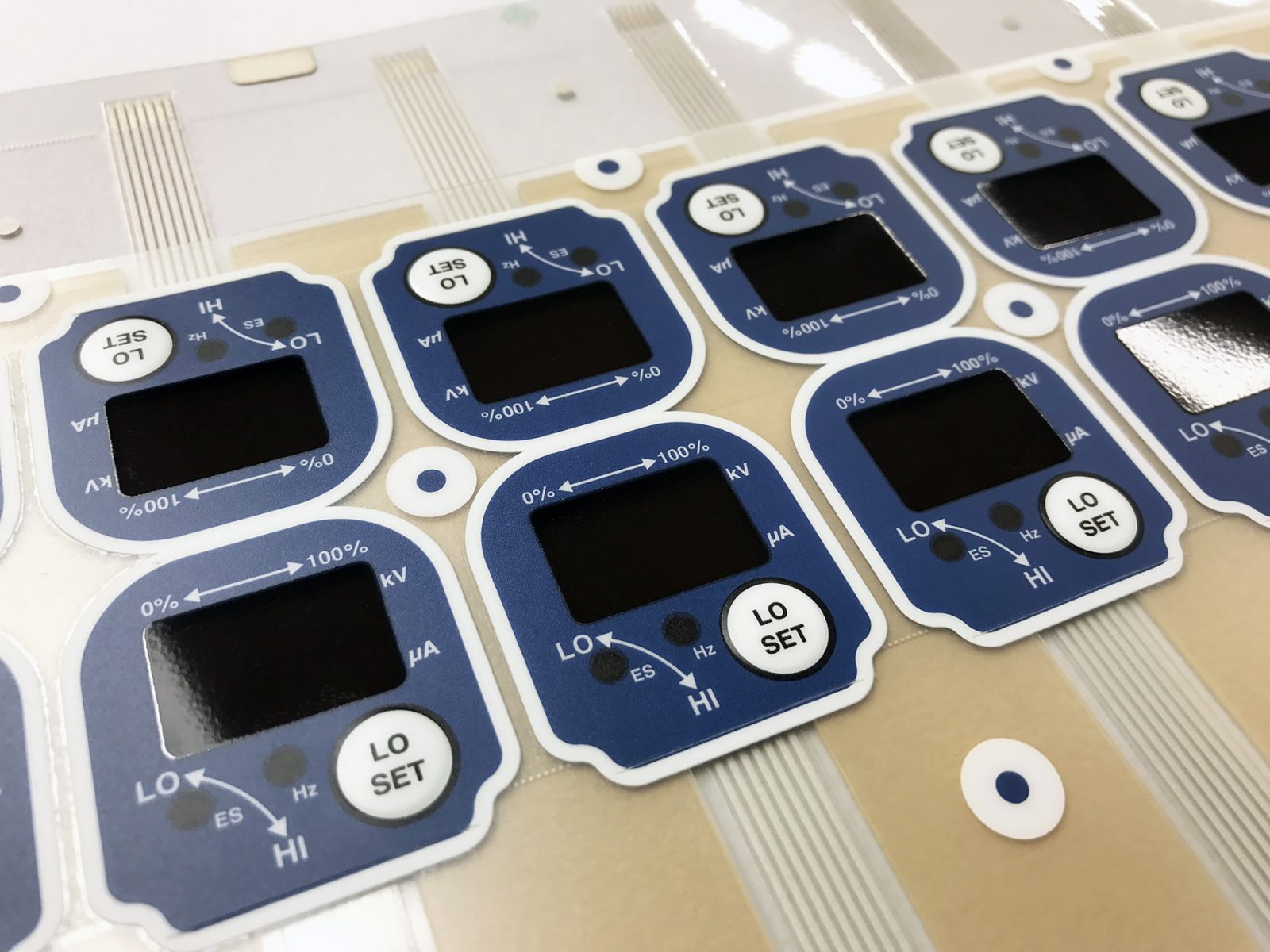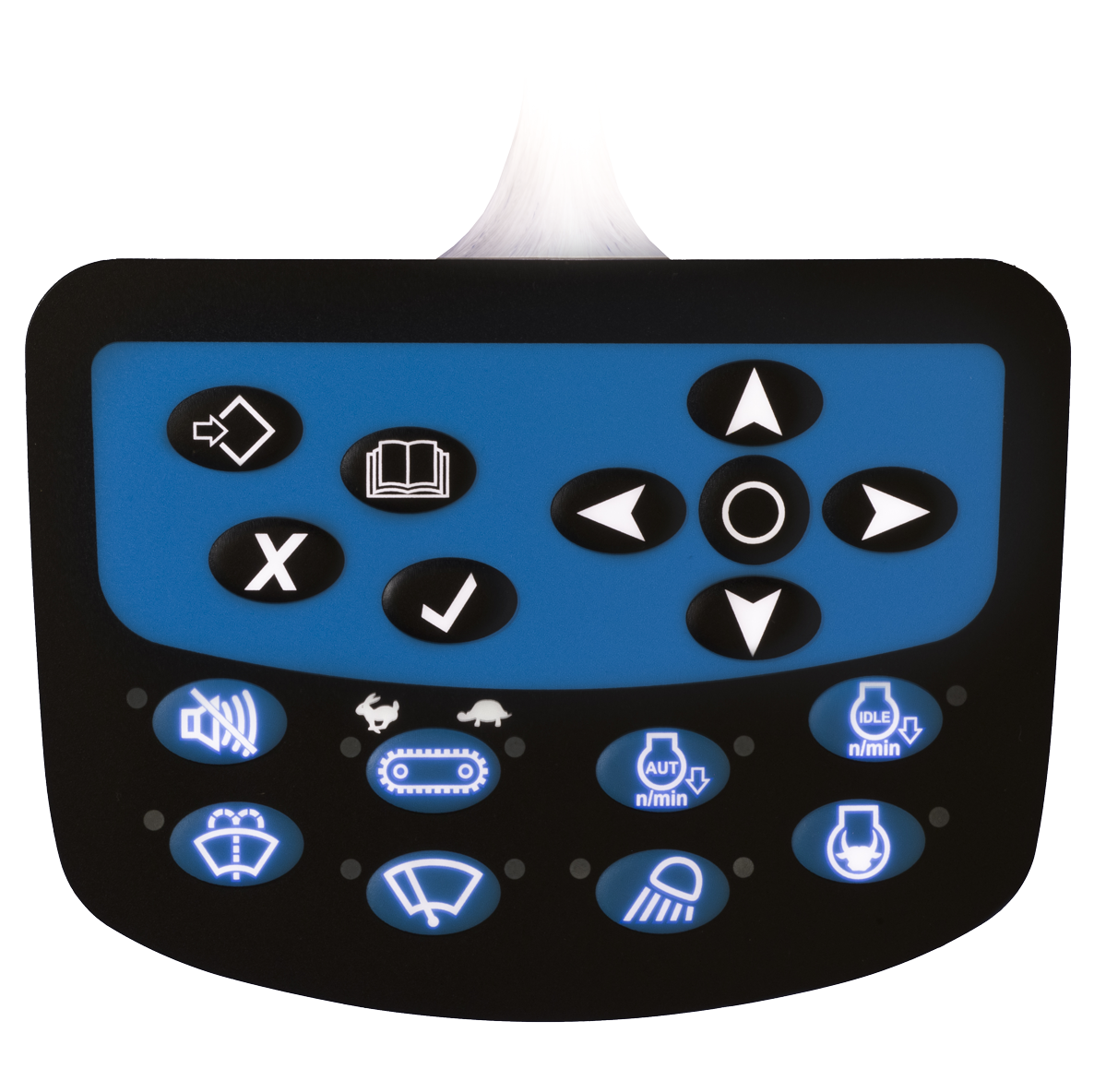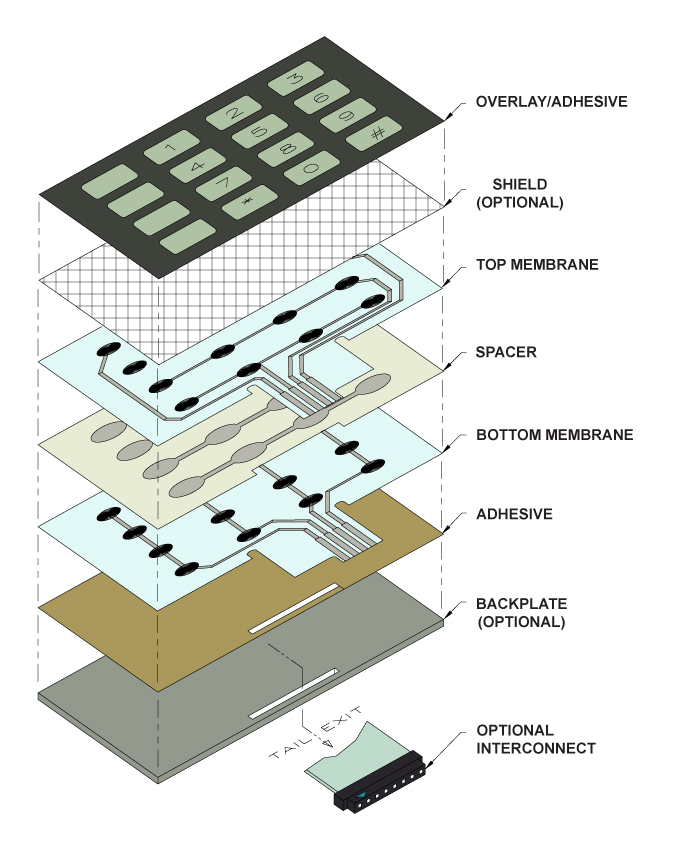How to Choose the Right Membrane Switch for Your Technology Needs
How to Choose the Right Membrane Switch for Your Technology Needs
Blog Article
Why Membrane Layer Switches Over Are Important for Sturdy Control Equipment
Membrane switches play a crucial duty in guaranteeing the sturdiness and reliability of control systems across numerous sectors. Their distinct construction enables them to sustain difficult ecological factors such as humidity, temperature level extremes, and physical wear. This durability not just prolongs the lifespan of the systems they serve but additionally reduces maintenance demands. As we discover the diverse benefits of membrane layer switches, it becomes obvious that their significance goes beyond plain functionality, affecting user experience and functional performance. What additional ramifications do these attributes hold for the future of control system style?
Overview of Membrane Layer Buttons
Membrane buttons are versatile and trustworthy components generally used in numerous digital control systems. These switches are composed of several layers, including a graphic overlay, a spacer layer, and a published circuit layer. The graphic overlay offers both practical and visual style, while the spacer layer makes sure that the buttons are triggered only when pressed. The published circuit layer has conductive traces that finish an electric circuit when the membrane is pressed, allowing the tool to react to customer inputs.
Membrane switches are often preferred in applications requiring a small and light-weight style, making them perfect for handheld devices, clinical devices, and commercial machinery. They can be customized to fulfill specific individual needs and can incorporate various attributes such as backlighting, tactile comments, and numerous colors. Membrane buttons are immune to dirt, moisture, and pollutants, making them suitable for settings where resilience is necessary.
Benefits of Sturdiness
In several applications, the resilience of membrane changes offers substantial advantages that improve their total performance and dependability. These buttons are developed to stand up to extreme atmospheres, making them optimal for usage in demanding conditions such as high humidity, extreme temperature levels, and exposure to chemicals. Their durable building helps to avoid damages from physical effect, making certain resilient capability and minimizing the demand for regular substitutes.
In addition, membrane switches are resistant to use and tear, which is crucial in applications where frequent communication occurs. This durability equates to decrease upkeep prices, as companies benefit from minimized downtime and fewer service disturbances. Additionally, the encapsulated style of membrane switches over shields interior parts from dust and moisture access, further adding to their life-span.
One more advantage is their capacity to keep regular performance in time. With a high resistance for mechanical anxiety, these buttons maintain their tactile responses and electrical integrity, guaranteeing customer fulfillment. Eventually, the sturdiness of membrane layer switches not just boosts functional efficiency yet likewise promotes self-confidence in their integrity, making them a favored choice for control systems throughout numerous industries.
Applications in Numerous Industries
Long lasting control systems utilizing membrane switches discover substantial applications throughout a series of markets, each benefiting from the one-of-a-kind characteristics these buttons supply. In the clinical industry, membrane layer buttons are important for tools such as client monitors and analysis devices, where dependability and simplicity of cleaning are critical. Their resistance my sources to moisture and impurities guarantees they keep performance in sterile environments.
The auto market leverages membrane layer switches for control panel controls and infotainment systems, where they provide streamlined, low-profile user interfaces that boost customer experience. These buttons are additionally created to endure harsh conditions, including exposure to extreme temperature levels and resonances.
In commercial setups, membrane buttons are frequently utilized in machinery control panels, providing tactile responses and toughness needed for high-usage applications. Their capability to stand up to chemicals makes them ideal for making atmospheres where spills and impurities are regular.

Consumer electronics, such as cooking area appliances and remote controls, additionally use membrane layer buttons for their versatility and cost-effectiveness. In general, the versatility and robust nature of membrane layer switches over make them essential across various industries, making sure efficient operation and long life in control systems.
Layout and Aesthetic Allure
While capability is critical, the style and visual charm of control systems furnished with membrane switches play a crucial function in user engagement and overall experience (membrane switch). The aesthetic design of these switches can significantly influence customer understanding and communication. A well-designed membrane button improves the good looks of the gadget, making it more appealing to individuals and cultivating a link between the individual and the product
Membrane layer changes use a lot of versatility in design, enabling suppliers to customize graphics, shades, and structures to straighten with brand name identity and item aesthetics. The usage of lively shades and distinctive patterns can draw attention, while responsive comments can strengthen the user's communication with the tool. In addition, the capacity to integrate LED indications and backlighting into the membrane layer switch layout gives both practical and aesthetic benefits, improving visibility and usability in numerous settings.

Enhancing Customer Experience

In addition, membrane layer switches can be customized to integrate graphical user interfaces, boosting functionality by presenting click to find out more information in a clear and instinctive way (membrane switch). This customization can include symbols, tags, and shade coding that guide customers with complicated performances effortlessly. Additionally, their convenience permits for assimilation in different environments, guaranteeing regular performance whether in commercial equipment or customer electronic devices
The longevity of membrane layer buttons likewise plays a critical duty in user experience. By holding up against rough problems and extended usage, these buttons reduce the probability of system failures, hence advertising reliability and user self-confidence. Inevitably, the critical use membrane layer switches over not only boosts functionality yet also substantially improves user communication with control systems, making them a crucial component in modern-day style.
Final Thought

Report this page